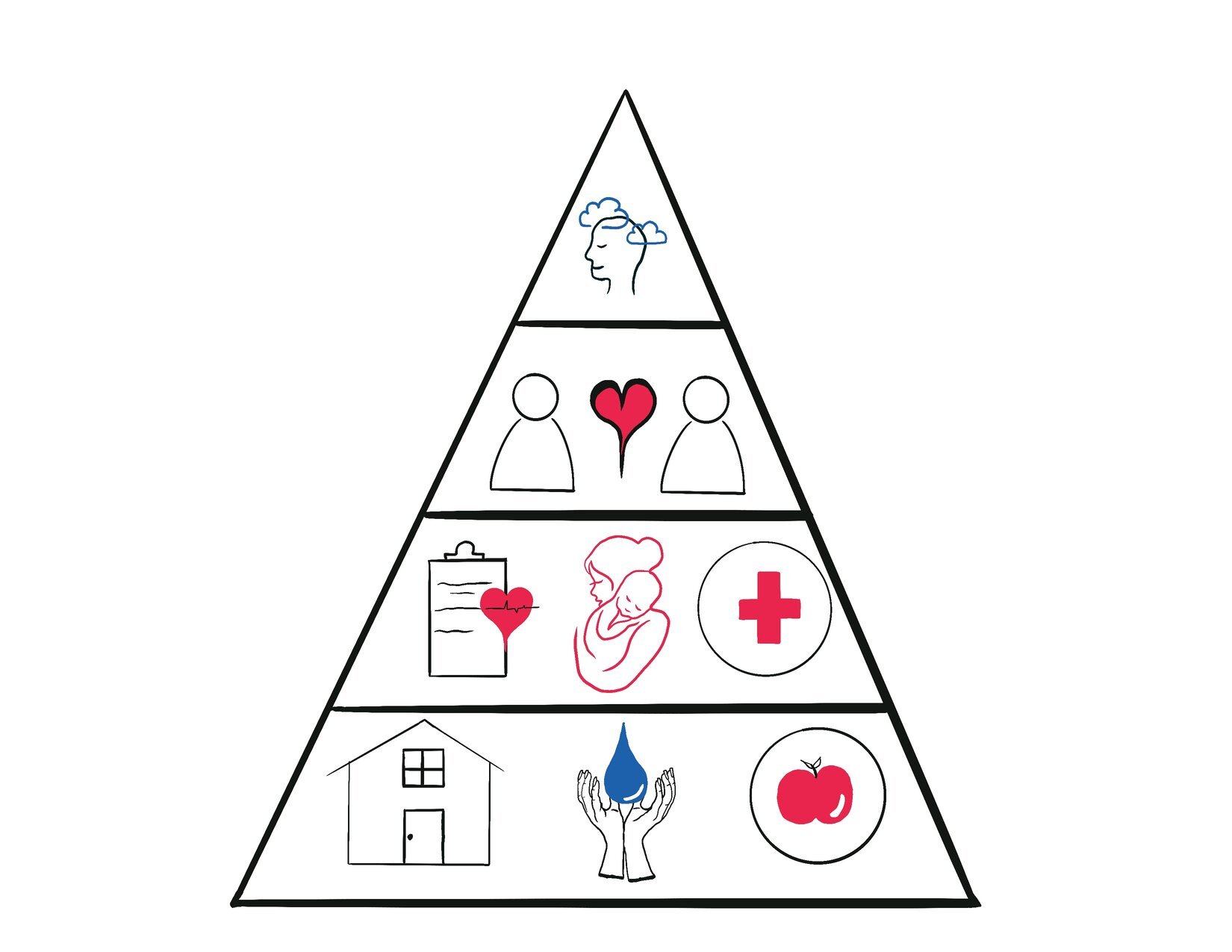
Identifying and Overcoming Your Growth Barriers
The Importance of Identifying Barriers
Barriers represent the real-life issues that get in the way of our success. The fascinating thing about barriers, however, is that though they may appear overwhelming, they serve a purpose — they help us uncover the root cause of our problems.
Awareness of these barriers and how to combat them has become vital for success, especially for those of you in leadership positions. It’s important to learn to identify your obstacles because they do not just affect you; they also affect those around you.
For instance, say your suggestions in the workplace are dismissed by a colleague multiple times. This re-occurring event could result in you not wanting to share your thoughts anymore and, consequently, get in the way of innovation, collaboration, and the team’s overall performance.
This issue has now become a barrier to professional development and is affecting your team’s productivity.
There are various reasons why leaders are blocked from achieving their full potential. Obstacles are inevitable, so learning to identify them before they become barriers to your success is crucial.
So, what can you do to identify and eventually overcome these hurdles?
How to Identify Barriers
Begin by pausing to recognize the kind of challenge you are facing and how it is impacting you. Some barriers may be hindering your professional development, while others may be getting in the way of your personal growth.
Understanding the type of barrier you are dealing with will clarify how you address it moving forward.
Here are the three fundamental steps to help you identify and address your barriers, as well as those of your team:
1. Self-evaluation
Taking a step back and recognizing how you feel is critical. Start by identifying a one or two-word feeling, then ask yourself what that feeling is telling you about yourself, others and the situation you are facing. Take a moment to acknowledge your feelings and pinpoint what triggered them. Be an observer of your emotions, actions, and body sensations.
2. Assess The Needs of Your Team
Encouraging an open-door policy and weekly team meetings will provide insight into what your team members need from you, what challenges are triggering them and how it’s making them feel. Open and engaged communication with your team will help you identify how they can support you and how you can support them. It’s a two-way street.
3. Coach Yourself and Your Team
Now that you have identified your and your team’s triggers and how they make you feel, use that emotional data to determine the next steps. For instance, if you know you don’t like your ideas being dismissed, give that feedback to the person dismissing you. Coach yourself and your team by using emotions as information to act appropriately and professionally in the workplace.
Overcoming Your Barriers
Now that you have clarity on identifying your barriers and your team’s, you can start to see the positive impacts this will have on your life.
Eliminating barriers to growth means removing all that interferes with your ability to self-improve. The result of overcoming such limitations is that it will give you satisfaction and a sense of fulfillment. Ultimately, you will be empowered to express your ideas, and your team will be motivated to work as a unit with you.
If you need personalized help identifying your growth barriers or those of your team, book a call with us!
Sign up for our monthly newsletter to learn more about us and how emotional intelligence can help your organization. You will receive our latest updates and inventory of resources, and much more!
To stay up to date with our latest blogs, follow us on Twitter, Facebook, or LinkedIn.







